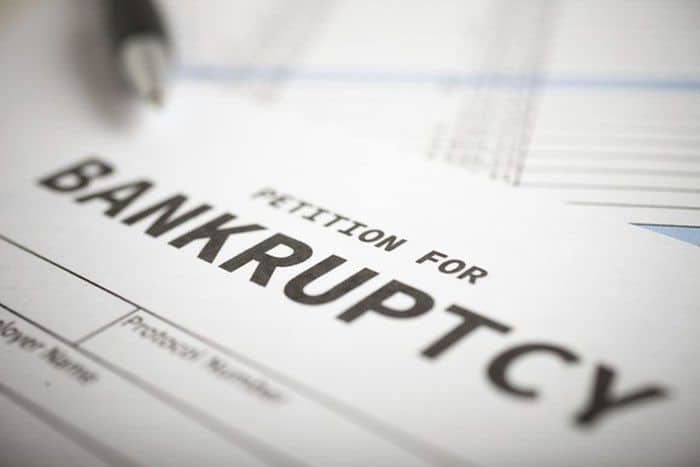
Bankruptcy is the worst black mark you can have on your credit report. It can make it impossible to get new loans or lines of credit for several years, and it may even affect your chances of landing a new job. Recovering from bankruptcy isn’t easy, but if you’re determined to turn over a new leaf, there are things you can do to rebuild your credit more quickly. Here are a few tips to get you started down the right path.
Have a budget and stick to it
The most important thing you can do is make sure that you don’t end up back in debt again. Create a monthly budget that covers your living expenses and leaves you a little extra for saving and fun activities, like going out to eat. Track your spending each month and make sure you follow the budget that you set out.
It’s also a good idea to have an emergency fund. This should be enough to cover three to six months’ worth of living expenses. If you have an unexpected hospital visit, insurance claim, or other expense, you will be able to draw on this fund, rather than taking out loans or putting the bills on a credit card.
Always pay your bills on time
Your payment history makes up 35% of your FICO score, which is the credit scoring model most lenders use. Paying on time every month can go a long way toward raising your credit score, while even a single late payment can drop an “excellent” credit score (around 750 points or higher, generally speaking) by over 100 points. Of course, if you’ve recently gone through a bankruptcy, then your credit score will be far from excellent, and thus the impact of a late payment won’t be quite this severe. However, it can still drop your score by as much as 45 points.
Get a secured credit card
Secured credit cards are designed to help individuals with poor credit establish a better payment history. You can usually get one of these cards even if your credit score is under 600, although you have to be able to front the money for the security deposit. This deposit — usually at least $200 — is equal to your credit limit. If you fail to pay back what you owe, the company will keep your deposit so it won’t be out any money. But as long as you stay current on your payments, your security deposit will be refunded to you should you ever close the account.
The card issuer will report your monthly payments to the credit bureaus, and this will help to bring up your credit score more quickly. Ideally, you shouldn’t spend more than 30% of your allotted credit per month. The amount of available credit that you’re using also has a significant impact on your credit score, and using more than 30% of your credit is an indication that you may be living beyond your means.
Apply for credit sparingly
Every time you apply for a new loan or line of credit, the lender will do a hard inquiry on your credit report. Your score will drop by a couple of points, but this usually isn’t an issue unless you apply for credit frequently. Over time, all those hard inquiries add up and paint a picture of someone who needs more credit because they can’t afford to pay for their lifestyle on their existing income.
If you plan to apply for several credit cards or shop around for a new loan, it’s best to complete all of the applications as close together as possible. Credit scoring models are designed to consider all hard inquiries that take place within a 30- to 45-day period as a single inquiry. This is meant to accommodate the sort of shopping around that any responsible person might do when looking for a new credit card.
Give it time
The above steps will help you begin to demonstrate a more responsible attitude toward money, but ultimately, your greatest ally is time. The older the bankruptcy is, the less effect it will have on your credit score. After 10 years, it finally drops off entirely.
It is possible to bounce back from bankruptcy, but it may require some patience and some lifestyle changes on your part. But if you start with the steps listed above, you should notice some improvement in your score within a couple of months.
























